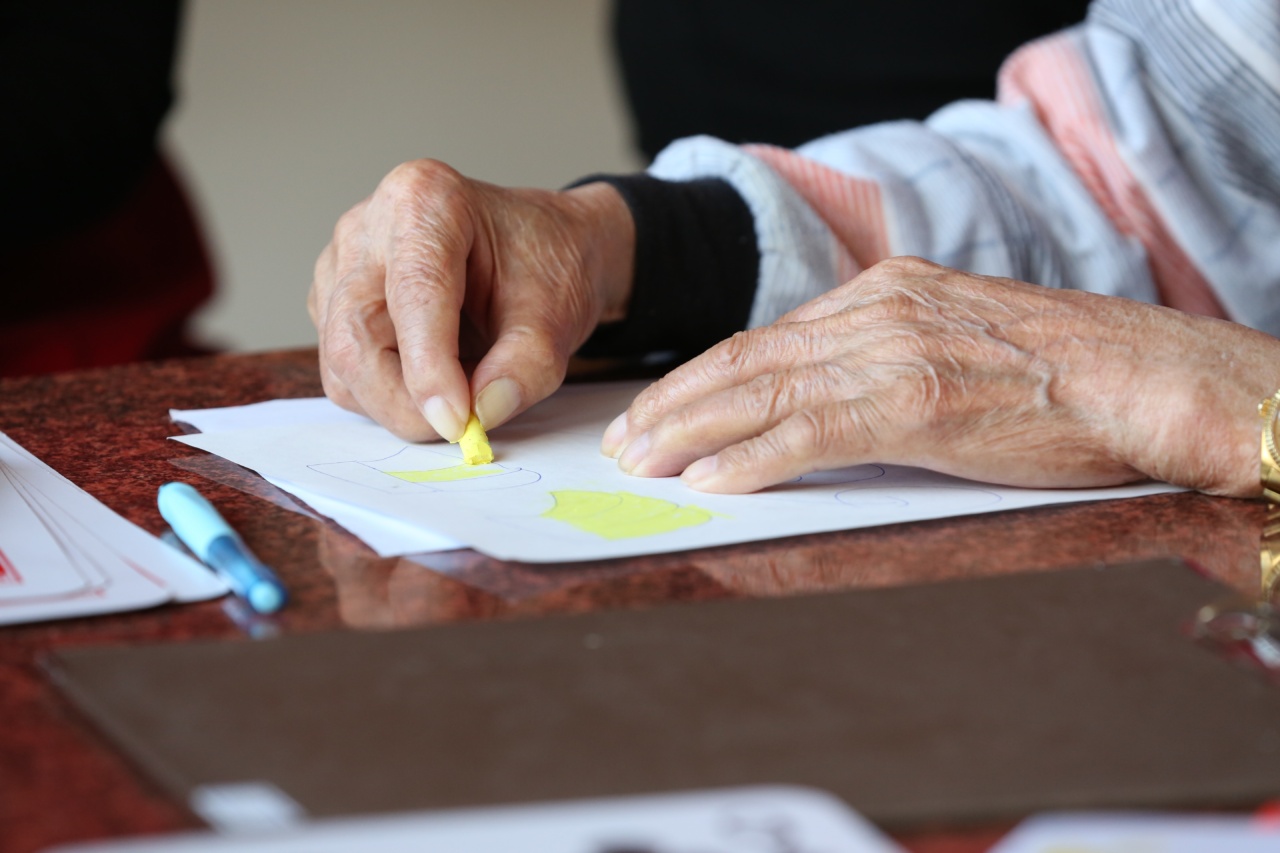Arthritis caused by Lyme’s disease can be a challenging condition to manage. Lyme’s disease is a tick-borne illness caused by the bacteria Borrelia burgdorferi.
If left untreated or inadequately treated, Lyme’s disease can lead to various complications, including arthritis. In this article, we will explore different treatment options available for arthritis caused by Lyme’s disease and discuss their effectiveness.
1. Antibiotics
A crucial step in treating arthritis caused by Lyme’s disease is the use of antibiotics. Antibiotics are the primary treatment for Lyme’s disease and its associated complications, including arthritis.
The goal of antibiotic therapy is to eradicate the bacteria responsible for the infection.
Depending on the stage of Lyme’s disease and the severity of arthritis symptoms, different antibiotics may be prescribed. The most commonly used antibiotics for treating Lyme’s disease include doxycycline, amoxicillin, and cefuroxime.
These antibiotics help eliminate the bacteria and reduce inflammation, which can alleviate arthritis symptoms.
2. Nonsteroidal anti-inflammatory drugs (NSAIDs)
In addition to antibiotics, nonsteroidal anti-inflammatory drugs (NSAIDs) are often prescribed to manage the pain and inflammation associated with Lyme’s disease arthritis.
NSAIDs work by reducing prostaglandin production, which is responsible for pain and swelling.
Commonly used NSAIDs include ibuprofen, naproxen, and aspirin. These medications can help alleviate joint pain, swelling, and stiffness, improving the overall quality of life for individuals with arthritis caused by Lyme’s disease.
3. Corticosteroids
In some cases, corticosteroids may be used to manage severe arthritis symptoms caused by Lyme’s disease. These potent anti-inflammatory medications help reduce inflammation in the affected joints, thereby providing relief from pain and swelling.
However, corticosteroids have potential side effects and should be used cautiously. Prolonged use or high doses of corticosteroids may lead to complications such as weakened immune system function and bone loss.
Hence, their use should be carefully monitored and limited to specific situations.
4. Disease-modifying antirheumatic drugs (DMARDs)
For individuals with persistent or recurrent arthritis caused by Lyme’s disease, disease-modifying antirheumatic drugs (DMARDs) may be considered.
DMARDs work by targeting the underlying disease process, modifying the immune system responses, and preventing further joint damage.
Commonly prescribed DMARDs for arthritis caused by Lyme’s disease include methotrexate, hydroxychloroquine, and sulfasalazine.
These medications require close monitoring due to potential side effects and may take several weeks or months to demonstrate their full effectiveness.
5. Physical therapy
Physical therapy plays an important role in treating arthritis caused by Lyme’s disease. A physical therapist can develop an individualized exercise program to improve joint mobility, strengthen muscles, and reduce pain.
Physical therapy can also help individuals retrain their movements and improve overall functionality.
Additionally, physical therapists may use modalities such as heat or cold therapy, ultrasound, or electrical stimulation to provide pain relief and enhance the effectiveness of therapy.
6. Occupational therapy
Occupational therapy focuses on helping individuals with arthritis caused by Lyme’s disease to regain and maintain their ability to participate in daily activities.
Occupational therapists can provide strategies to adapt tasks, recommend assistive devices, and suggest modifications to the living environment to minimize joint stress.
By working with an occupational therapist, individuals can learn techniques for conserving energy, protecting their joints, and optimizing their independence and quality of life.
7. Acupuncture
Acupuncture is an alternative treatment option that can be considered in conjunction with conventional medical approaches for arthritis caused by Lyme’s disease.
It involves the insertion of thin needles into specific points on the body to stimulate energy flow and promote natural healing.
While the scientific evidence supporting acupuncture’s effectiveness for Lyme’s disease arthritis is limited, some individuals report symptom relief and improved overall well-being after acupuncture sessions.
However, it is essential to consult a qualified and experienced acupuncturist to ensure safety and efficacy.
8. Herbal remedies
Herbal remedies and supplements are often explored by individuals seeking additional relief for arthritis caused by Lyme’s disease. Some commonly used herbs for arthritis include ginger, turmeric, boswellia, and devil’s claw.
Although herbal remedies may have anti-inflammatory properties, it is important to approach their use with caution. Herbal supplements may interact with prescription medications or have side effects of their own.
It is advisable to consult a healthcare professional before incorporating herbal remedies into your treatment plan.
9. Lifestyle modifications
Adopting certain lifestyle changes can have a positive impact on managing arthritis caused by Lyme’s disease. Some beneficial modifications include:.
- Avoiding overexertion and excessive joint stress
- Maintaining a healthy weight to reduce pressure on joints
- Engaging in regular low-impact exercises, such as swimming or cycling
- Following a nutritious diet rich in antioxidants and omega-3 fatty acids
- Getting sufficient rest and sleep to support healing and overall well-being
- Managing stress levels to avoid exacerbation of symptoms
10. Seeking emotional support
Arthritis caused by Lyme’s disease can have a significant impact on a person’s mental and emotional well-being.
It is important to seek emotional support from friends, family, or support groups to cope with the challenges associated with the condition.
Connecting with others who share similar experiences can provide a sense of understanding, validation, and encouragement.
Moreover, talking to a mental health professional can help individuals navigate the emotional aspects of living with arthritis and develop coping strategies.































